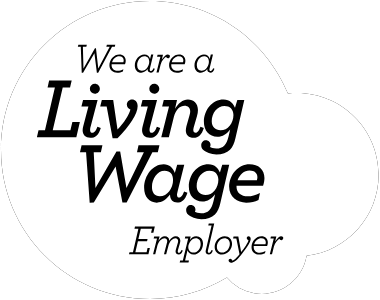We first posed this question back in November to a small group of sustainability and DEI leaders to see whether they thought that closer collaboration between the business functions of diversity, equity & inclusion, and sustainability could help accelerate the transition to a fairer and more sustainable economy?
Encouraged by the energy around that discussion, we revisited the question with the help of an expert panel which comprised Beth Powell, VP People and Reward, Natura & Co and Avon, Katy Talikowska, CEO Valuable 500, Tracey Huggett, Co-founder and Managing Partner, Future Business Partnership, and Angela Farrugia, Non-Exec Board Director, INSPECS plc, Prota Fiori and LØCI. It was moderated by Managing Editor of Raconteur Media, Fran Cassidy and opened by our own Narda Shirley, co-founder of Wilful Group (a B Corp) who grounded the topic in our team’s experience and observations from working alongside innovators and corporations in sustainability, diversity & inclusion and the ESG space.
In the discussion, moderator Fran posed a number of questions which prompted our panellists to share their own experiences and observations from various perspectives – some practical and organisational and others more aspirational and philosophical. We are sharing some of the key takeaways in a series of 4 mini event reports as snackable and thought-provoking fodder. We hope you enjoy:
Should D&I report to the Sustainability function in a business?
Beth mentioned that Natura & Co has experimented with different organisation designs, including Human Rights and DEI being together within Human Resources. Currently, though, Human Rights sits within the Sustainability function and DEI remains in the Human Resources function. Beth feels that this structure works well, given Human Rights benefits from the Sustainability function’s external focus on suppliers. And similarly, DEI requires specific HR expertise and benefits from working closely with other HR professionals to set policies that further DEI initiatives, eg principles for managers in conducting performance reviews and pay setting, talent acquisition strategy, among many others.
The other way in which people show up in sustainability and DEI terms is externally, in the way the supply chain is managed which falls under the Human Rights lead rather than HR. Beth noted that this division works really well. At group level, the HR and sustainability teams work very closely together, even sitting physically in the same space.
Katy made the point that DEI and sustainability is a fundamental matter of survival for business today, not something that can afford to be treated as a sidebar. She noted that there are two massive jobs to be done in sustainability and DEI and there are many moments when it is good to join forces and learn from each other, but she believes that from her perspective as a corporate DEI activist, it is first important to break down any silos within DEI itself, before tackling its interaction with other functions, such as sustainability.
The panel also discussed how diverse groups of people make better decisions.
Angela shared her experience from the fashion industry where she sees different perspectives – which might come from life experience, or age or cultural experiences – seeding new business ideas and brands. The panel noted that really positive creative energy comes from diversity, but that’s only one side of the story. The challenge is to be inclusive in how we manage supply chains – we need to think about people and communities sustainably, making sure they are considered alongside natural resources.
Katy also advocated strongly for inclusion in inviting ideas from different groups affected in different ways to solve the issues within sustainability so that they work for everybody. For Valuable 500, that means considering those with disability and accessibility needs who are far too infrequently given a seat at the decision-making table.
This led to a discussion about talent attraction and retention, with Beth making the point that DEI and Sustainability can’t be viewed as an either/or. If you want the best talent, you need to do the ‘S’ AND the ‘E’ of ESG, (environment and social) well and credibly. Katy stressed the importance of breaking out of the comfort zone of hiring people who are like you to increase diversity, but also touched on retention noting that many businesses overlook the fact that it is seven times higher among people with disabilities.
In the spirit of audience participation, the panel was challenged on its own diversity. Although undoubtedly diverse voices in their respective working environments, to better represent and understand the climate challenges faced by people in different parts of the world, and particularly people in the global south, we need more diversity in future conversations. That’s an idea we can all fully get behind.
In the next summary we’ll be discussing the panel’s views on taking a human-first approach and the importance of a two-way conversation.






